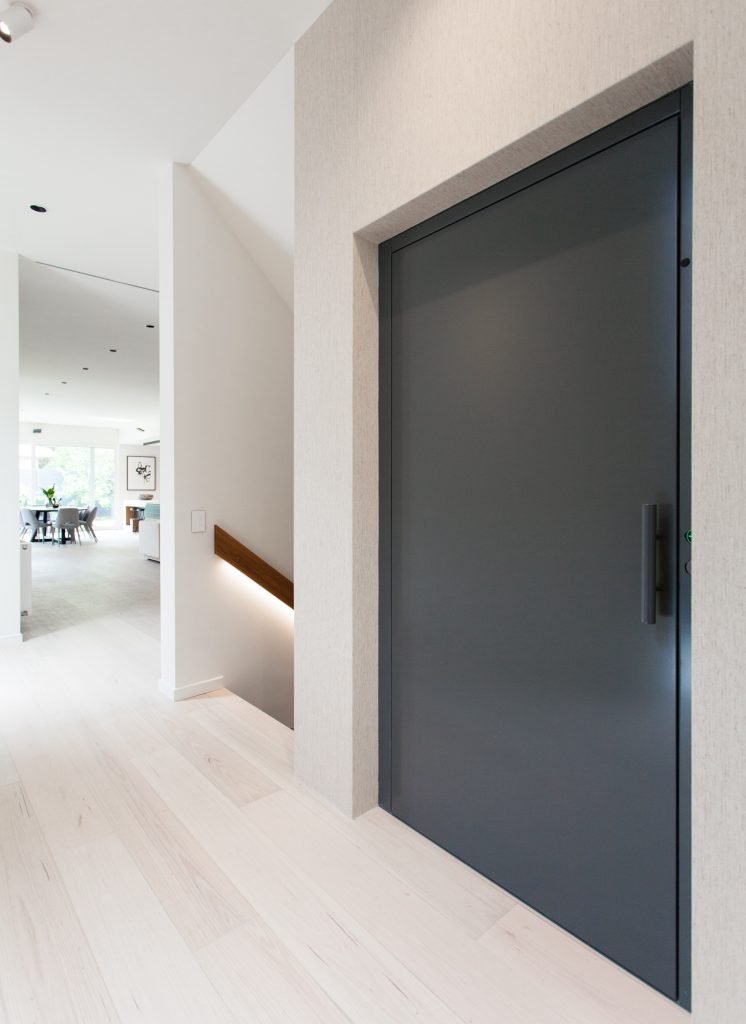Investing in a home lift is a forward-thinking decision that blends comfort, convenience, and luxury with practical accessibility solutions. Home lifts are a valuable addition to any property, particularly in Australia where we celebrate high living standards and cherish the ability to live in our homes for as long as we desire. Let’s delve into the various considerations you need to make when investing in a home lift.
Unparalleled Benefits of a Home Lift
A home lift is not just a sophisticated feature; it is a practical response to real needs. It especially serves those in the ageing population who want to stay in their homes for longer. Economic considerations reveal that installing a lift is often more cost-effective than selling your existing property and buying a new one better suited for increased mobility needs. A home lift not only improves accessibility within your home but also significantly enhances property value. It adds an element of luxurious sophistication, setting your home apart.
Considering Retrofitting – Navigating the Challenges
Retrofitting a lift into an existing property involves careful planning. You need to contemplate the space requirements and potential locations within your house, or even externally on the property.
In Western Australia, council requirements stipulate that lifts cannot be installed close to the boundary of a property, over a water board, or above underground car parks (unless directed to the car park). This is due to the necessity for space below ground to install the elevator pit.
The design process should involve a collaboration between your personal aesthetic taste and your space requirements. Different lift designs offer a wide selection of choices catering to distinctive house aesthetics and specific spatial needs.
Incorporating Lifts in New Builds
When constructing a new home, considering the integration of a home lift is a proactive approach. Not only does a lift substantially increase property value but it also makes accessibility issues easier to address in due course.
A home lift gives flexibility with design incorporation and brings more lift types to choose from. It facilitates easier transportation of items between floors and enables older relatives or those with limited mobility to access the house easily. Another great advantage is the absence of renovation disruption to homeowners in contrast to retrofitting.
Choosing the Ideal Location for Your Home Lift
The strategic location of your home lift can compound its benefits and seamlessly fit it into the everyday dynamics of your living space. Considering a lift’s accessibility from the most frequented areas in your home will maximise its utility.

Additionally, you need to take into account the available space and how the lift will affect the overall visual aesthetics of your home. It’s advisable to engage with professional consultants to make the best choice for your specific circumstances and preferences.
Understanding Lift Space Requirements
Determining the right size for your home lift is pivotal to its functionality and integration. Sizes range from a compact 600mm by 600mm to a roomy 1100mmW by 1400mmD. Wheelchair-accessible lifts require careful planning and a minimum size of 1000mmW x 1300mmD with a 900mm door opening, to cater for comfortable ingress and egress. Your selection should balance your spatial constraints, specific needs and future requirements.
Considering the Installation and Cost
The cost and complexity of installation depend largely on factors such as whether your home lift is part of a new build or a retrofit, your chosen design, the lift’s size and weight capacity, the number of floors, and the materials chosen for design features.
Once your choice has been made, a timeline of approximately 6 months is usually required for manufacturing, delivery, installation, and comprehensive safety testing. Detailed costings and project timelines can be discussed with professional installation experts to ensure a smooth and successful lift integration.
Read more: The Lift Installation Process
Multiple Customisation Options

Home lifts are not just functional additions; they also offer numerous customisable features, allowing homeowners to create an aesthetic that aligns with their unique home decor. This includes luxurious skinplates, a variety of walls and flooring options, designer lighting, and alluring digital displays. These customisable aspects underscore that a home lift is an investment that enhances not only the utility but also the beauty of your home.
Maintenance
While a home lift is a robust addition to any home, regular maintenance ensures that it remains a reliable home feature. Trusted companies invest in top-notch engineering and quality products, expecting a well-maintained lift to last for at least 30 years. An annual servicing check will assess the lift’s general function, inspect integral components, and carry out necessary replacements or updates, ensuring the lift remains in peak condition.
Your Personal Checklist
Investing in a home lift is an important decision and calls for a comprehensive checklist. This should include visiting a lift showroom to gain a tangible understanding of the product, exploring the various lift systems available, and investigating their associated safety features.
Further considerations include the cabin size, speed, maximum carrying capacity, and servicing requirements. Lastly, carefully digest the advice from industry professionals to make an informed decision that caters to your present requirements and future needs.
At West Coast Elevators, we are your trusted advisors and partners in adding this valuable asset to your home. We offer a comprehensive suite of services including advice on selection, expert installation, and professional maintenance. Let us enhance homes and elevate lifestyles with superior home lift solutions. Contact us today.
Related posts:

